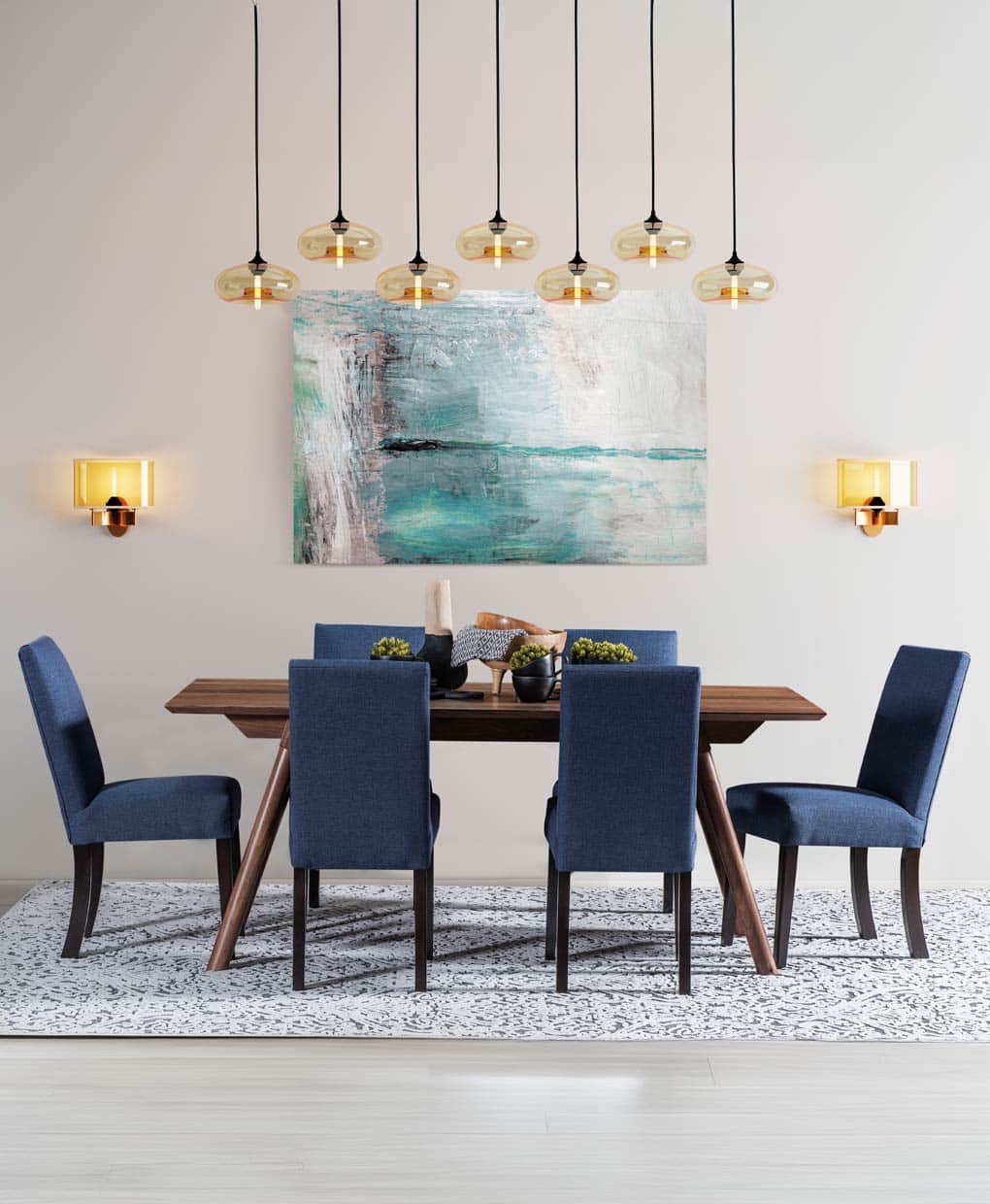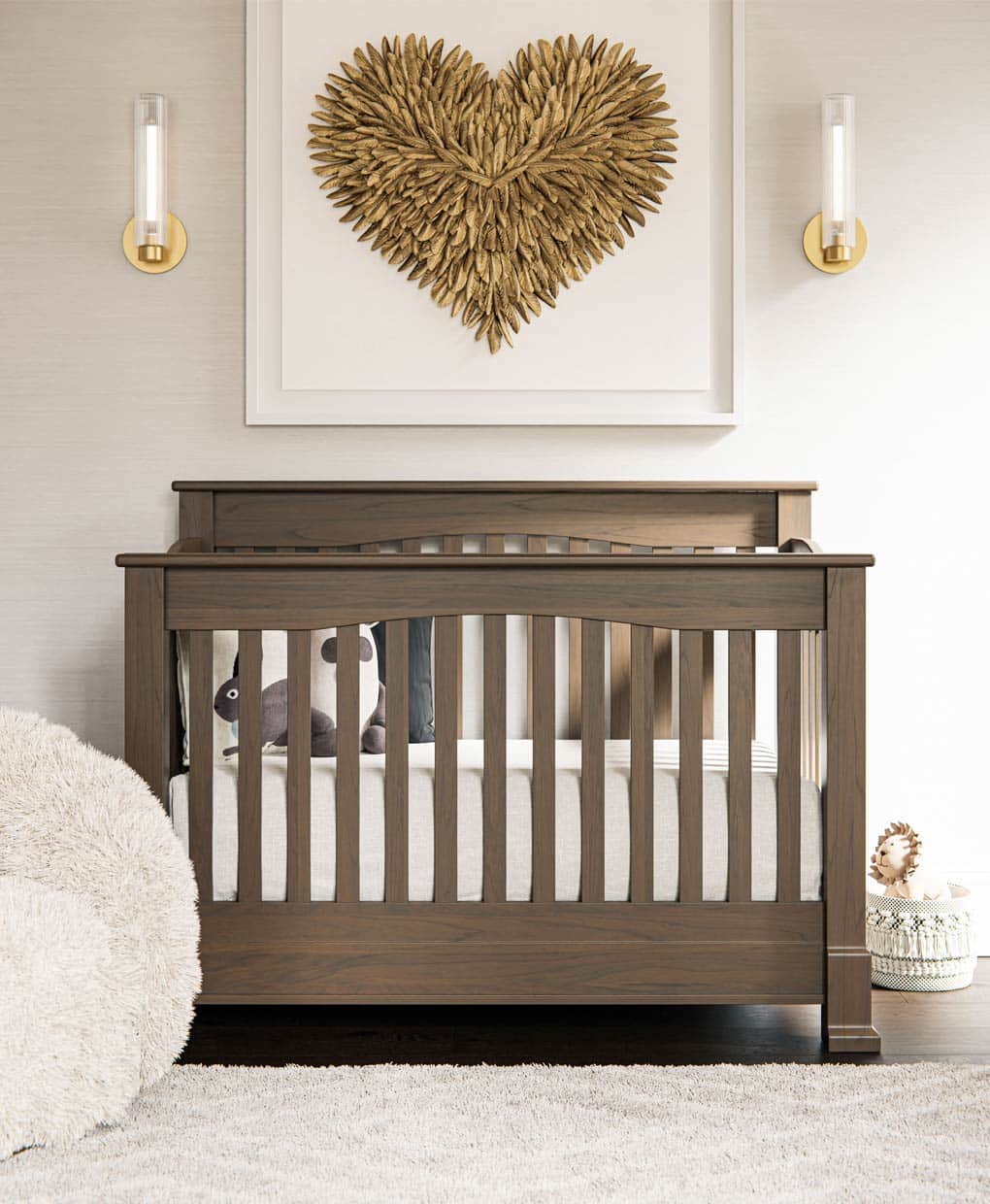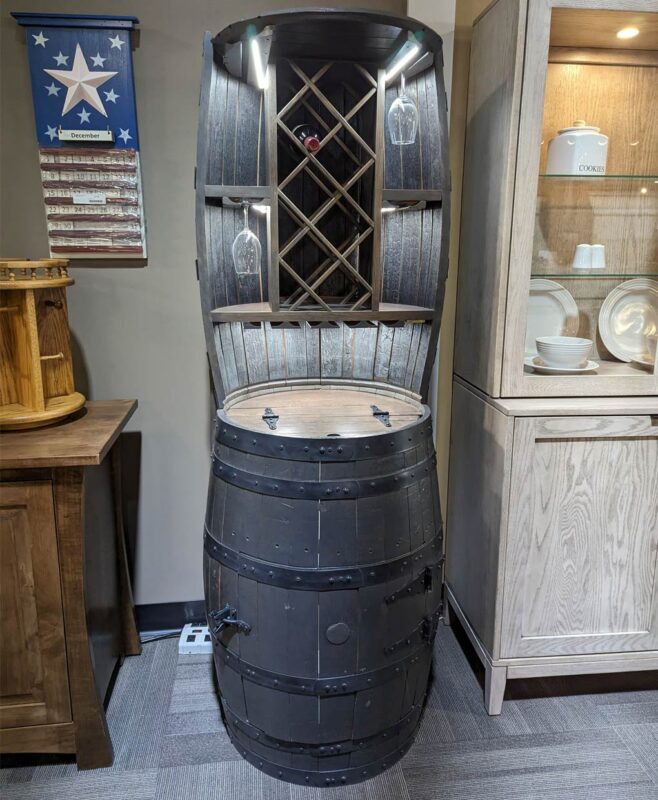SHOWROOM HOURS
|
Monday: |
10:00am to 04:00pm |
|
Tuesday: |
10:00am to 07:00pm |
|
Wednesday: |
10:00am to 06:00pm |
|
Thursday: |
10:00am to 06:00pm |
|
Friday: |
10:00am to 06:00pm |
|
Saturday: |
10:00am to 06:00pm |
|
Sunday: |
10:00am to 04:00pm |

![Carlston Amish Bedroom Set [Sap Cherry with a Mineral finish]](https://amishdirectfurniture.com/wp-content/uploads/2022/07/Carlston-Mineral-340x340.jpg)

![Malaya Amish Collection [Chair, Sofa, and Coffee Table]](https://amishdirectfurniture.com/wp-content/uploads/2022/09/Malaya-Setting-IDB-150x150.jpg)




![Amish Craftsman Electric Adjustable Writer's Desk with Pencil Drawer & Finished Backside [FVD-2654-CM-SS]](https://amishdirectfurniture.com/wp-content/uploads/2022/11/FVD-2654-CM-SS_model.jpg)


![This photo is the result of too low humidity, creating a gap at the ends of the joints. If the humidity is too high, the table will gap at the center of the joints. [Amish Direct Furniture]](https://amishdirectfurniture.com/wp-content/uploads/2017/08/HumiditySmooth.jpg)
![This photo is the result of too low humidity on a plank top table. [Amish Direct Furniture]](https://amishdirectfurniture.com/wp-content/uploads/2017/08/PlankedLowHum.jpg)
![This photo is the result of too high humidity on a plank top table. [Amish Direct Furniture]](https://amishdirectfurniture.com/wp-content/uploads/2017/08/PlankedHighHum.jpg)
![Amish Abby Bed [ITAB-032]](https://amishdirectfurniture.com/wp-content/uploads/2025/06/itab-032-abby-150x150.jpg)
![Amish American Mission Bed [ITAM-065]](https://amishdirectfurniture.com/wp-content/uploads/2025/06/Indian-Trail-ITAM-065-American-Mission-150x150.jpg)




